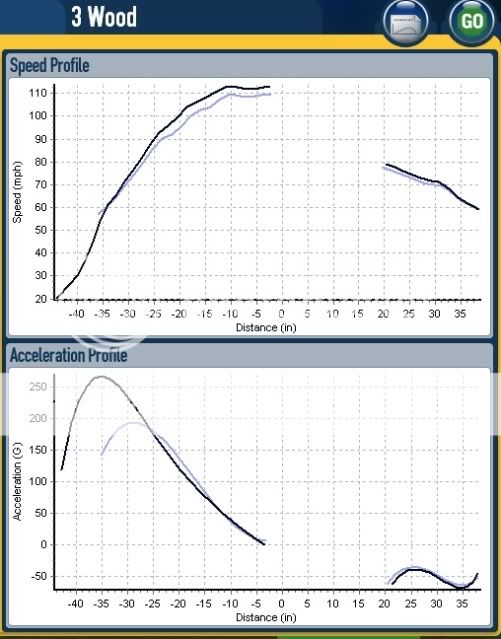magicmarker
New
This from MacKenzies presentation at ASII (segment 1, about 1:35): The clubhead kicking forward into impact does not increase club head velocity because the release of shaft torque that causes the kick simultaneously slows down the hands.
And related: a change in shaft stiffness will not increase clubhead velocity significantly (this confirmed by Woods' tests at Ping). But changing stiffness will change the amount the club is dynamically lofted and dynamically closed.
Another interesting point from Woods: if a shaft is well made to begin with there is no need for "puring" or "spining".
Has anyone here bought the ASII video?
I didn't intend to mislead and I apologize if I have. I pulled that quote because to visualize what is being proposed is very different than the idea of sustaining lag or the picture on the cover of Hogans 5 lessons book.


